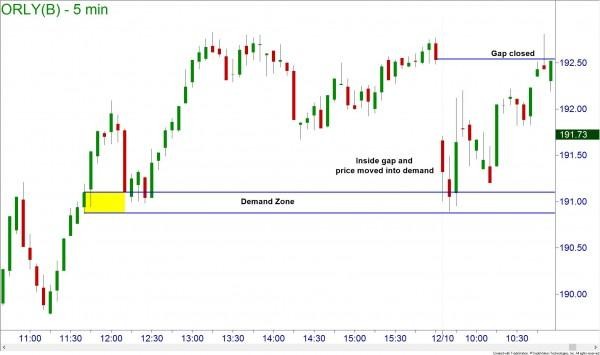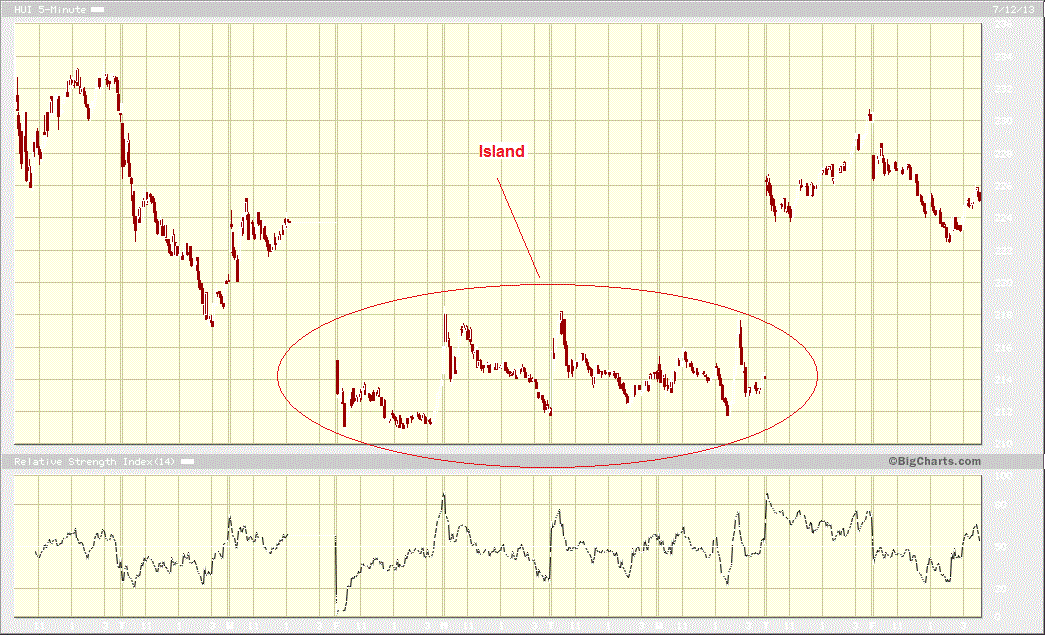Know the Zone Improve Your Gap Trading
Post on: 25 Июнь, 2015 No Comment

August 21, 2013 By admin
I am a gap trader. Specifically, I ‘fade’ the opening gap (i.e. go short when the gap is up or long when the gap is down). My first research breakthrough many years ago was in recognizing that gap selection was the “door” to making profits and the “key” to that door was to focus on the location of the opening price.
Using the prior day’s direction (up or down) and the open, high, low, and closing prices, I created ten “zones” and each provides tremendous insight into the probability of a gap filling or not. Click here to view my Gap Zone Map with historical odds for the S&P 500. My selection strategy has evolved over the years to include market conditions, patterns and seasonality, but zones remain the foundation of my gap fade selection criteria.
So why do opening zones work? They inherently incorporate.
- proven support and resistance levels
- short term trend
- overnight bias
- gap size
- trader psychologically

Together these five elements combine to create a wide range of gap fade setups that vary from highly probable to highly risky for any market. Since opening gaps in general have a strong tendency to trade back to the prior day’s closing price (65-70%), the name of the game is not trying to catch all of the winners, but rather to avoid most of the losers. And that is what opening zones do very well.
So why do you think gaps in the U-L zone (bottom right of the Gap Zone Map ) show such a low historical win rate (48%)? I believe it’s because gaps opening in this zone are catching traders positioned to the long side off guard, triggering many sell stops in the process. Plus, such an obvious reversal from the prior day surely attracts new short sellers who want to jump on board the beginning of a new potential trend. I’ve nicknamed this zone the “BLUD” zone for obvious reasons, plus it’s easy to remember: B elow the L ow of an U p D ay.
Whether you trade the opening gap as a setup or just want to improve the timing of your swing trade entries and exits, you will do a better job, if you pay attention to the opening zone next time. And by the way, gap zones work great for not only the indices, but individual stocks and commodity markets like Corn and Oil too.
Good trading and good gapping!
You may also be interested in watching Scott’s short video on the The Power of Diversification. During this short, compelling video, Scott explains:
- Why asset diversification is not enough
- 7 ways traders can diversify
- The right vs. wrong way to diversify
- Equity curve example (the power of complementary strategies)
- And much more
Watch This Video Now














